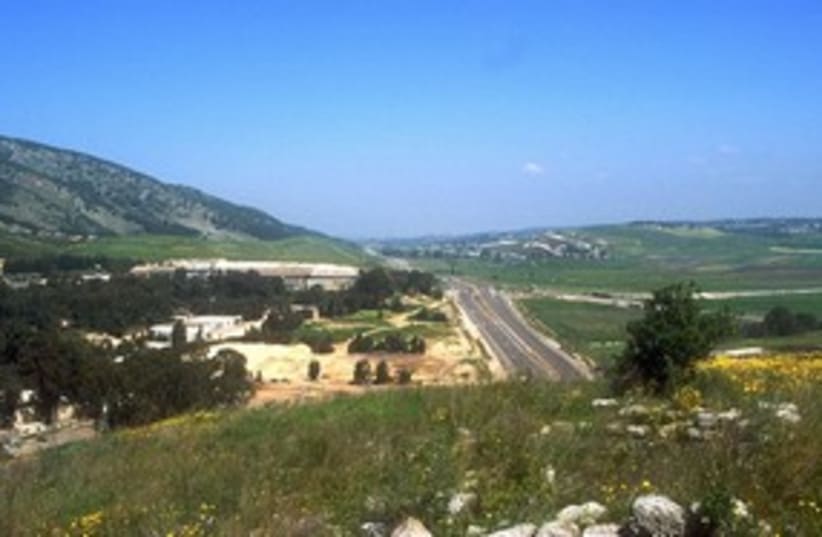Read Wayne’s blog and subscribe to his weekly Podcast at www.waynestiles.com
Sites and Insights: Mt. Carmel - gateway to the world
A new column; Dr. Wayne Stiles explores the biblical sites of Israel, the significance behind them and how to make the most of a visit.

Read Wayne’s blog and subscribe to his weekly Podcast at www.waynestiles.com